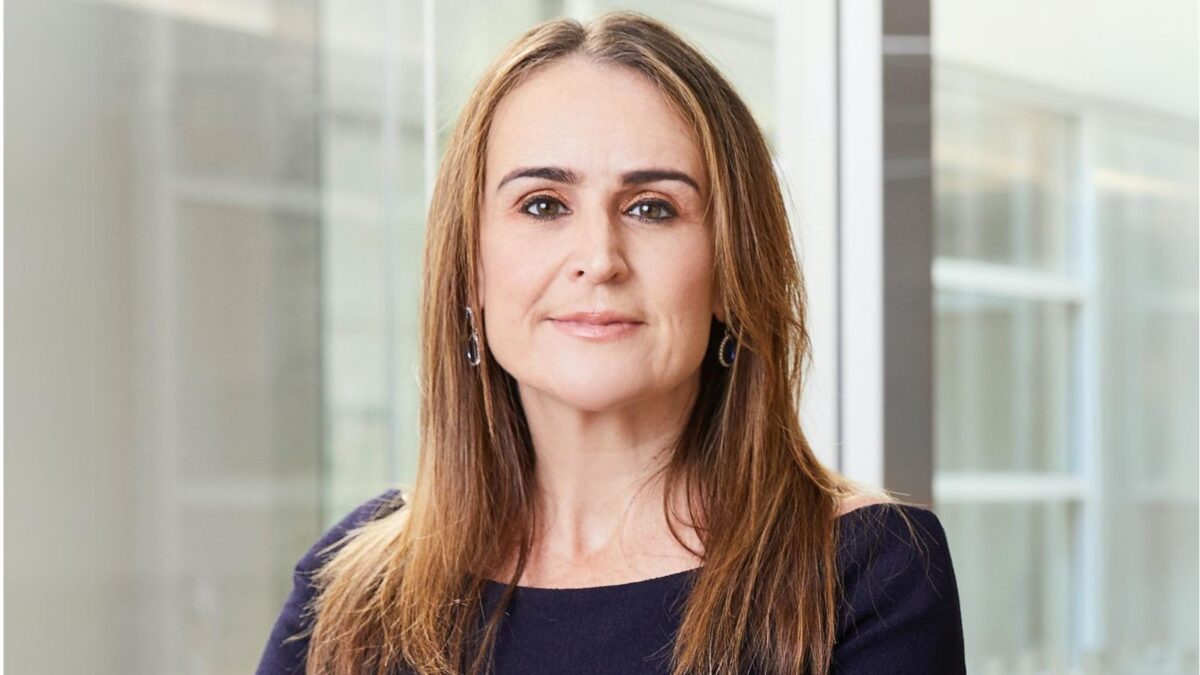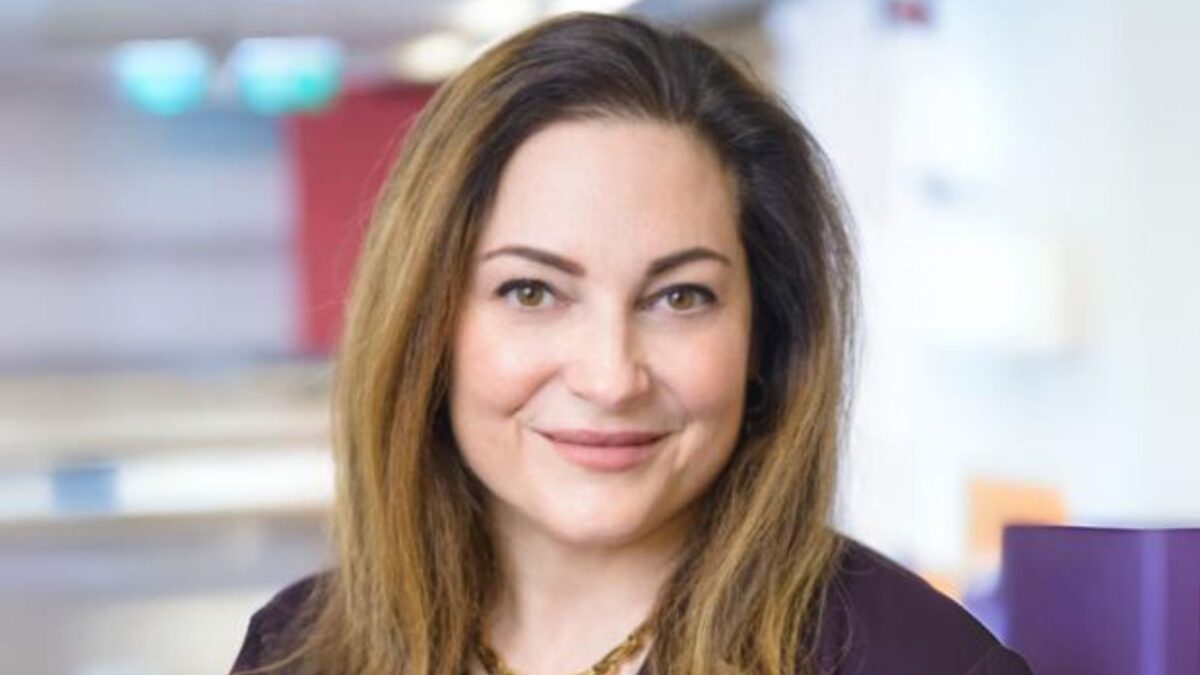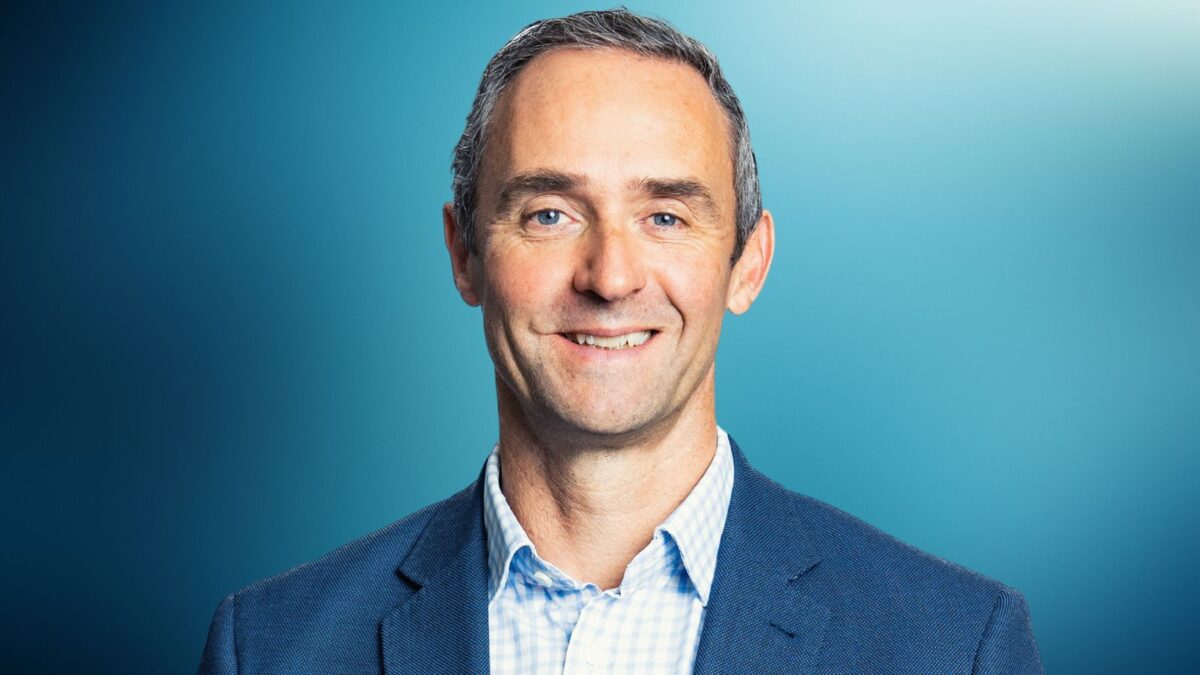Asian hub adds to trading efficiency for Martin Currie
(Pictured: John Pickard)
Martin Currie, the Edinburgh-based global equities manager, is now trading about 50 per cent of its assets through its new Asia Pacific hub in Singapore, which was opened as a full-service office in 2012.
The office covers stock research, sales, client service and dealing across the region. About 16 per cent of the firm’s clients are from Australia and Asia.
John Pickard, Martin Currie’s head of investment, said last week that expansion in Asia was a central tenet of Martin Currie’s plans. The Singapore trading desk was a critical component of this, improving execution and benefitting the firm’s global clients, not just those in Australia or Asia. Kimon Kouryialas, Asia Pacific business head, re-located from Melbourne to Singapore in January. The office includes an Asia portfolio manager, two sales people, one legal and compliance person and two traders.
Pickard said that the bigger presence had led to more frequent and longer visits from analysts and portfolio managers from head office.
“We’ve done a lot of work on costs associated with transacting as well as liquidity,” he said. “There’s a huge benefit in trading locally.” Martin Currie’s style, however, is to have a relatively low turnover, aiming to hold stocks for about three years.
While Martin Currie is best known for its flagship emerging markets and Asian strategies, the firm is increasingly emphasizing its global equities offering which has been rebuilt under Pickard, who joined in 2010. The global alpha strategy is concentrated – currently 56 stocks – with a large and mid-cap focus. Benchmarked to the MSCI All Countries World Index, the fund looks to maximize stock risk and control factor risk, including keeping its beta close to that of the market.
Paul Sloane, investment director for global equities and co-head of the alpha fund, said in a series of presentation in Australia last week, that there were three broad themes running through the firm’s current thinking on stock selection:
- The sustainability of US profit margins. Sloane said: “Ex technology stocks, margins are currently in line with historic norms. We think they’ve got further to go and should continue to drive stocks up in 2014. But the higher margins go in the US the more nervous we’ll get.”
- Companies, ex-financials, are in great shape and now have to conjure up what to do with their excess capital. Fund managers are telling them to invest, but those stocks with the highest levels of cash tended to outperform in the past 12 months. “Managers like the crowd-pleasers, such as buybacks.” However, we need to watch out for companies being tempted into some ill-thought-out acquisitions,” Sloane said.
- Underlying raw sales growth is patchy. “A lot of companies do not have the same sales growth potential that they did and for many the cost cutting exercises have run their course,” Sloane said. “Profit growth is harder to come by and therefore successful stock selection is even more important and will be well rewarded.”
The perennial argument about whether active managers can consistently add value has been given a fair amount of airtime since the global crisis. Pickard said that a paper written by BlackRock and published in the Financial Analysts Journal last year looked at the issue from an interesting perspective.
The analysis involved splitting the universe of active managers in the US Mutual Fund market into four quadrants with these elements: high active share; low active share; high tracking error; and low tracking error. The analysis showed that only one of the four quadrants, high active share with low tracking error, consistently outperformed the market.
In Martin Currie’s case, the manager has an active share of 90 per cent, meaning it has to sell 90 per cent of its portfolio to get back to index weightings. Market risk is then controlled and the portfolio currently has a factor risk in the low 20s, with a beta near one for full market exposure.
Sloane said: “What we know about is companies, this is where we can add value and therefore our portfolios are constructed to let these insights shine”.










